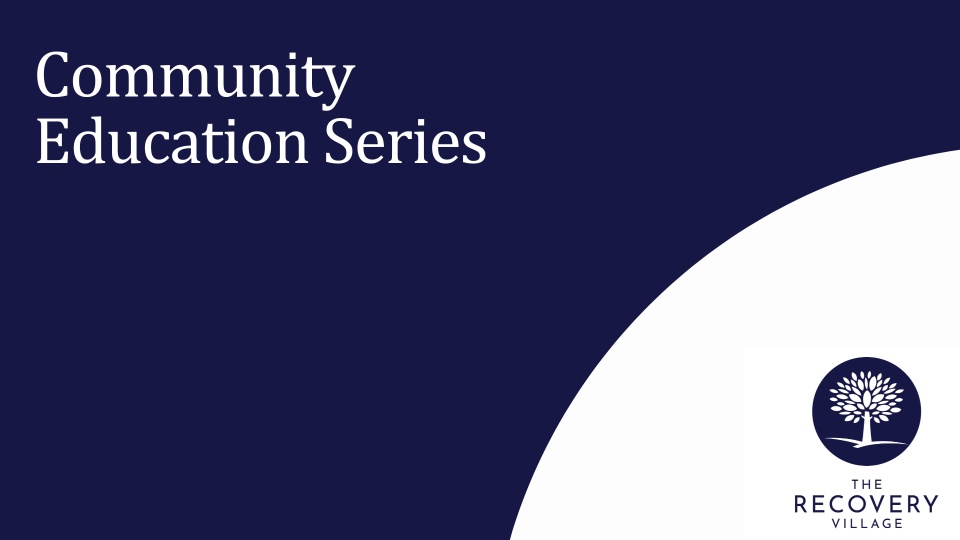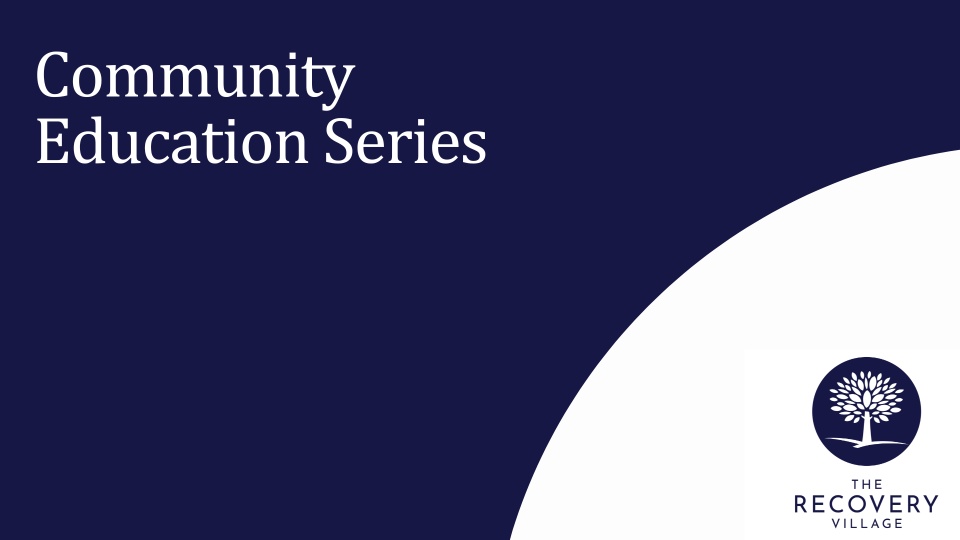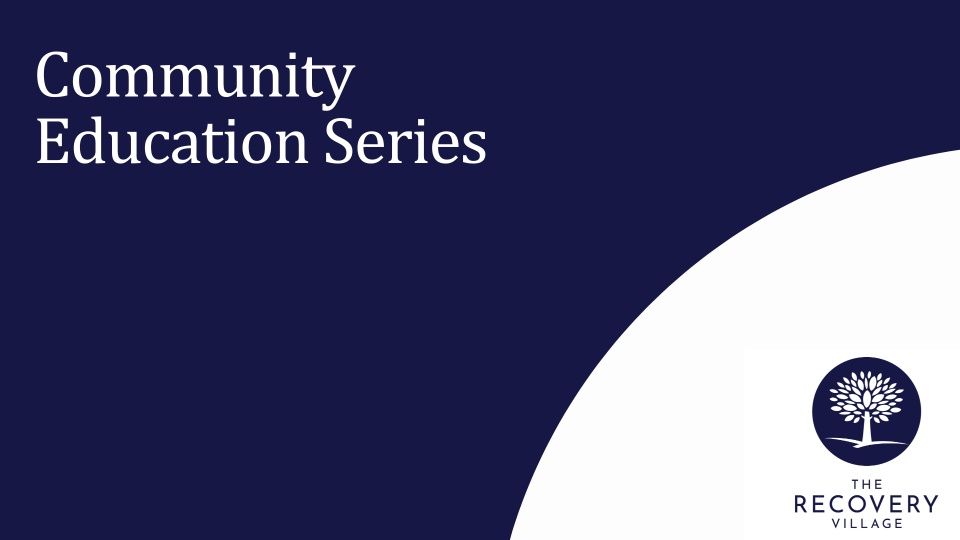In this presentation, you’ll learn about how domestic violence can become a cycle, how you can end this cycle and ways to support others in abusive relationships.
Estimated watch time: 18 mins
Available credits: none
Summary:
Growing up in an abusive environment can create a vicious cycle that continues throughout future relationships. However, there are many strategies you can use to prevent or end the abuse in safe, healthy ways. In this presentation, relationship coach Cheyenne Rodriguez shares her own story of breaking the cycle of abuse and building the fulfilling partnership she’s always wanted. She also shares various resources and strategies that victims of domestic violence can use in order to safely end the cycle.
After watching this presentation, the viewer will:
- Understand how domestic abuse can be a continuous cycle
- Learn strategies for addressing, preventing and ending abuse
- Find out how to escape an abusive environment or support others who are in one









